Use code CHANGE20 for 20% off your first dog food order!
Use code CHANGE20 for 20% off your first dog food order!


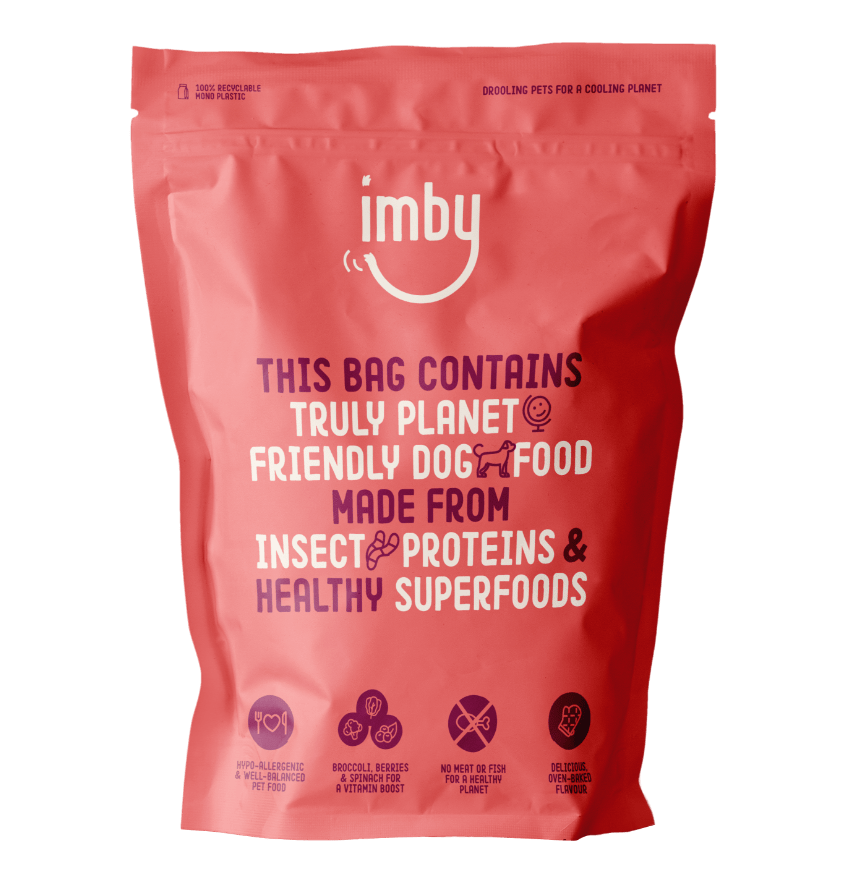
Dog food allergies are common, with symptoms ranging from mild discomfort to more severe reactions. It’s important to recognise the signs of allergies in dogs so you can make an accurate diagnosis and take action promptly.
Switching to hypoallergenic dog food and avoiding certain animal proteins is often the first step towards helping your furry friend feel better.
Dog food allergies happen when your pup reacts to certain ingredients, usually proteins found in their food. The most common triggers include beef, chicken, lamb, pork, and dairy, along with grains like wheat, barley, maize, and soy. Even fish can sometimes cause issues.
When a dog eats something they’re allergic to, their immune system mistakenly sees it as a threat, causing a reaction. Some breeds are more prone to food allergies than others, so it’s important to be aware of the signs.
The most common signs of a dog food allergy include itching, excessive scratching, digestive issues, and even breathing problems. There’s no need to worry if your dog scratches their ears occasionally, but if it happens frequently—especially in the same spot—check for skin irritations first. If the symptoms persist, it’s best to consult your vet.

There are two ways to test for a food allergy in dogs: an elimination diet or a blood test.
With an elimination diet, you systematically remove certain ingredients from your dog’s meals over time. To do this properly, it’s best to switch to dog food designed for sensitive dogs, often referred to as hypoallergenic or anti-allergy dog food. These foods typically contain a limited selection of protein sources, usually just one animal protein or alternative options like insect protein or plant-based recipes. However, keep in mind that limited-ingredient dog food isn’t always hypoallergenic.
The downside of an elimination diet is that it takes time to identify the culprit. Each diet change needs at least three weeks before you’ll notice any improvements… If symptoms persist, you’ll have to switch to another diet and start the process again.
A blood test, on the other hand, checks for antibodies against specific food ingredients. While this method is quicker, it can be expensive and doesn’t always guarantee a definitive solution.
When it comes to dog food for allergies—also known as hypoallergenic dog food—the key is to avoid proteins and carbohydrates from common allergens like chicken, beef, lamb, dairy, wheat, and barley. Instead, it’s best to opt for a single, less common protein source, such as kangaroo, horse, or insect protein.
We personally recommend insect-based dog food, as it triggers allergic reactions in fewer than 2% of dogs while also being an ethical, sustainable choice. Plant-based dog food can also be a great option for dogs with allergy symptoms, as long as it doesn’t contain barley, wheat, maize, or soy.
Many dogs show significant improvement just a few weeks after switching to a specialised diet. If you’d like to learn more, check out our complete guide on hypoallergenic dog food.
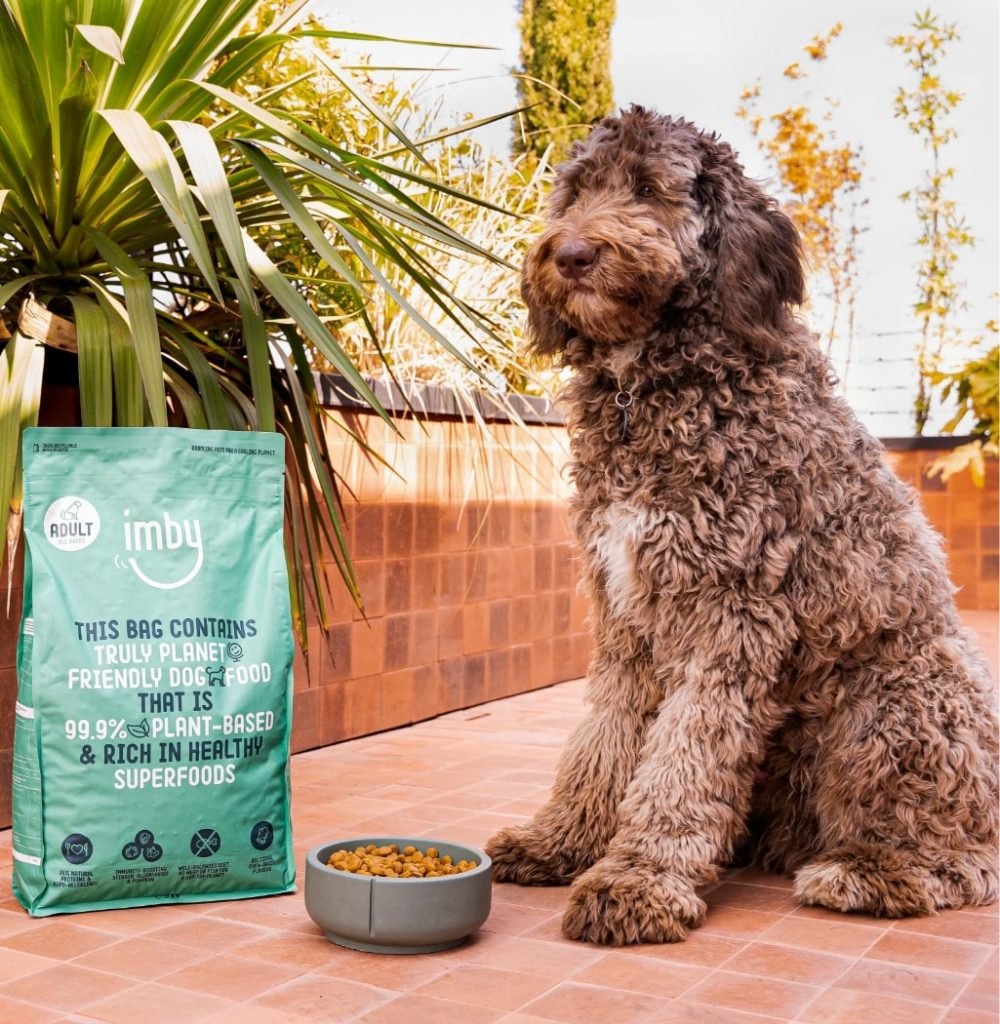
Even if your dog doesn’t show signs of allergies, there’s no harm in feeding them hypoallergenic formulated dog food; just be sure it provides enough protein, especially during their growth phase. In fact, hypoallergenic dog food is just as nutritious as regular dog food and often contains fewer processed ingredients, making it a great choice for overall health.
If your dog already suffers from allergy symptoms, it’s important to stick to a consistent diet with specialised food. Avoid giving them unfamiliar treats or snacks, as even a small ingredient could trigger a reaction. Staying mindful of their diet is the best way to keep them happy and healthy.

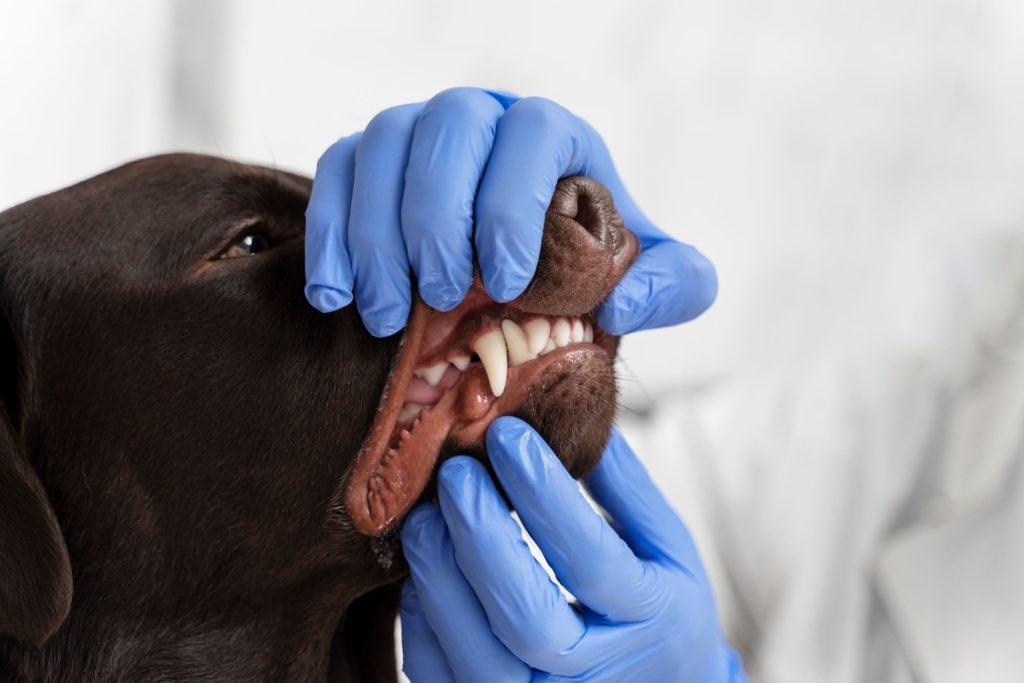



It's all to make your browsing and shopping experience at Imby, a real treat! Read more about it in our Privacy Policy.
4.8 out of 5 stars
based on 1171 reviews
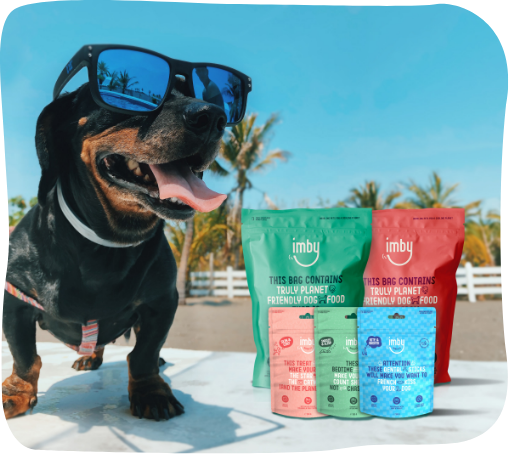
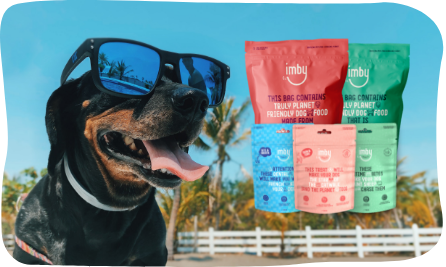

"*" indicates required fields